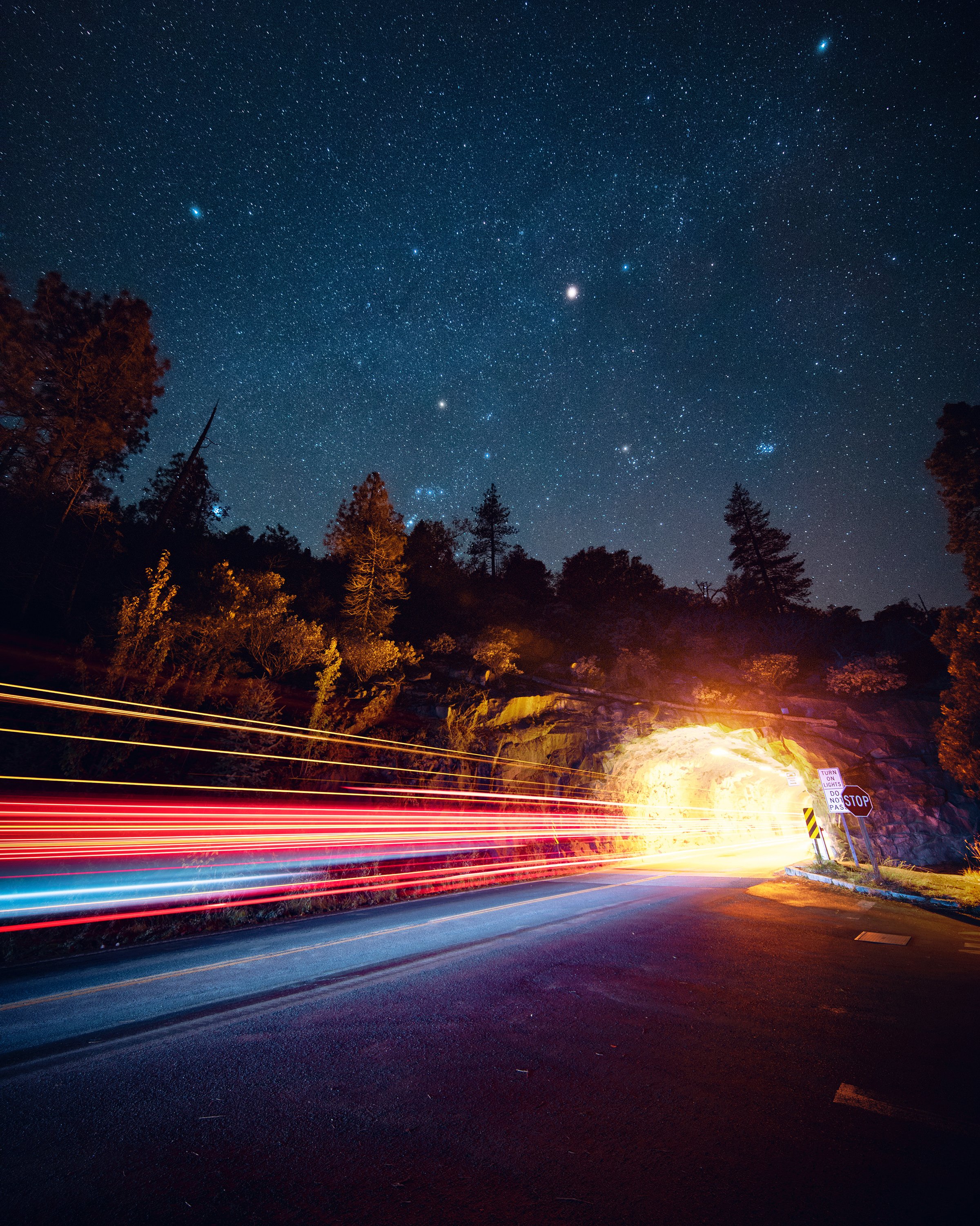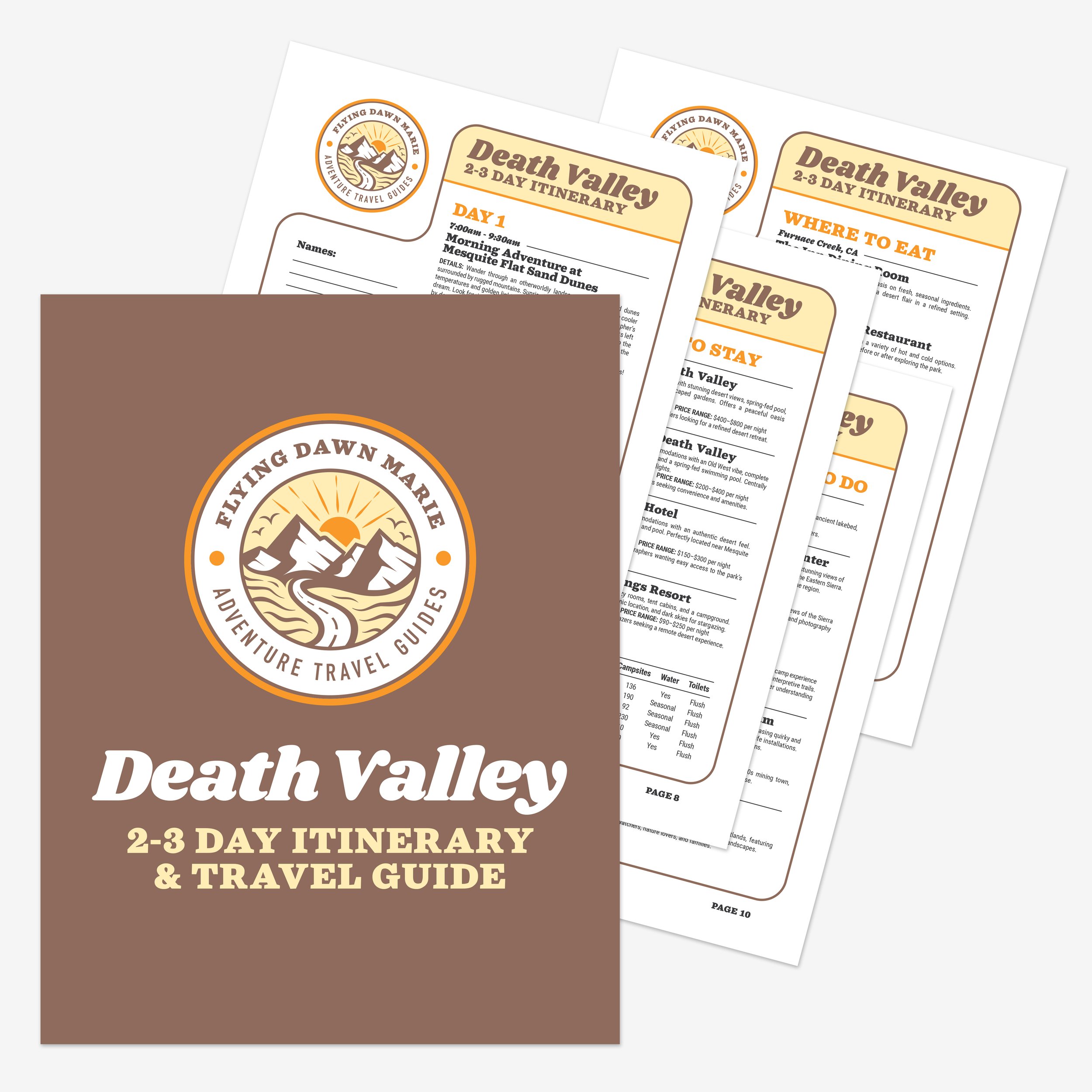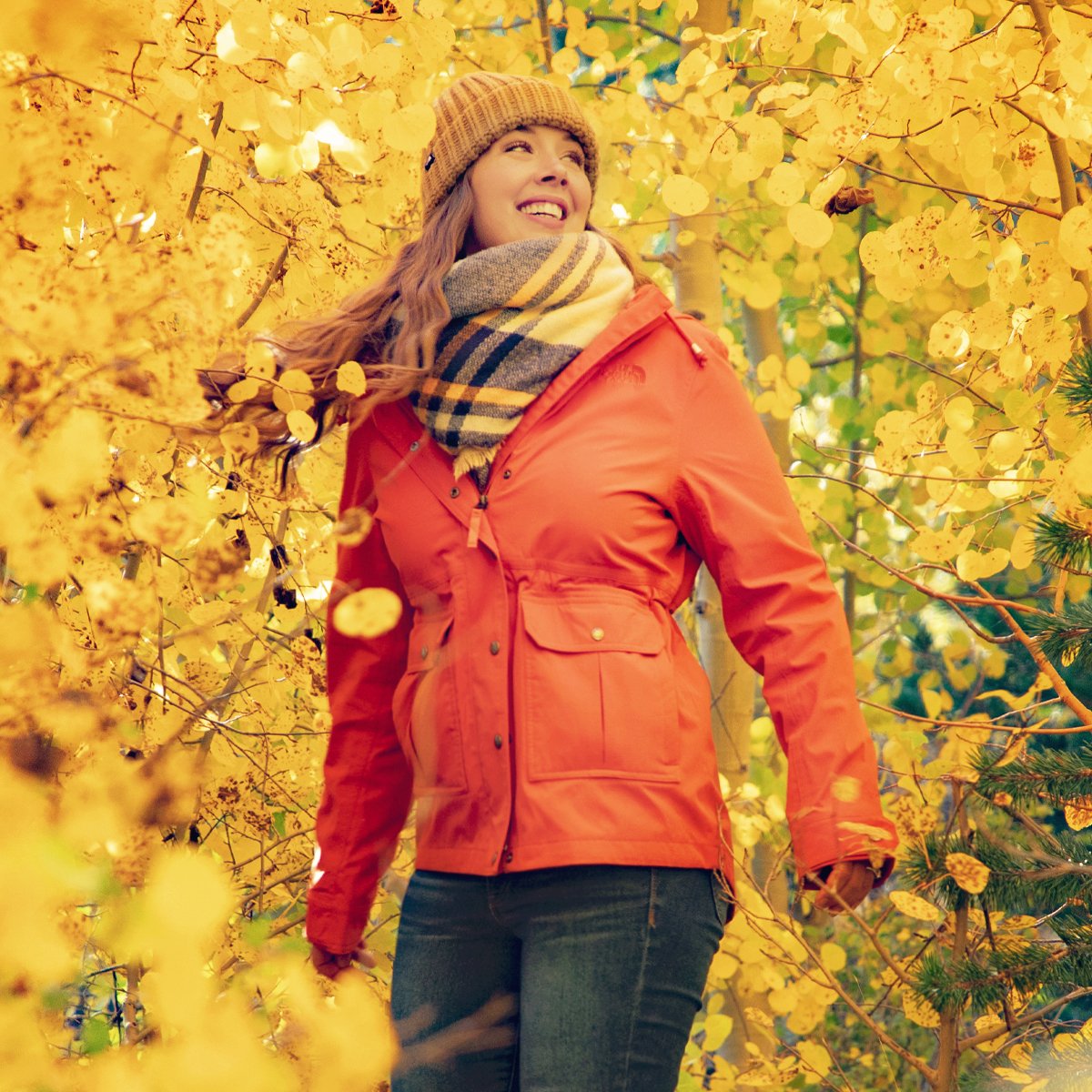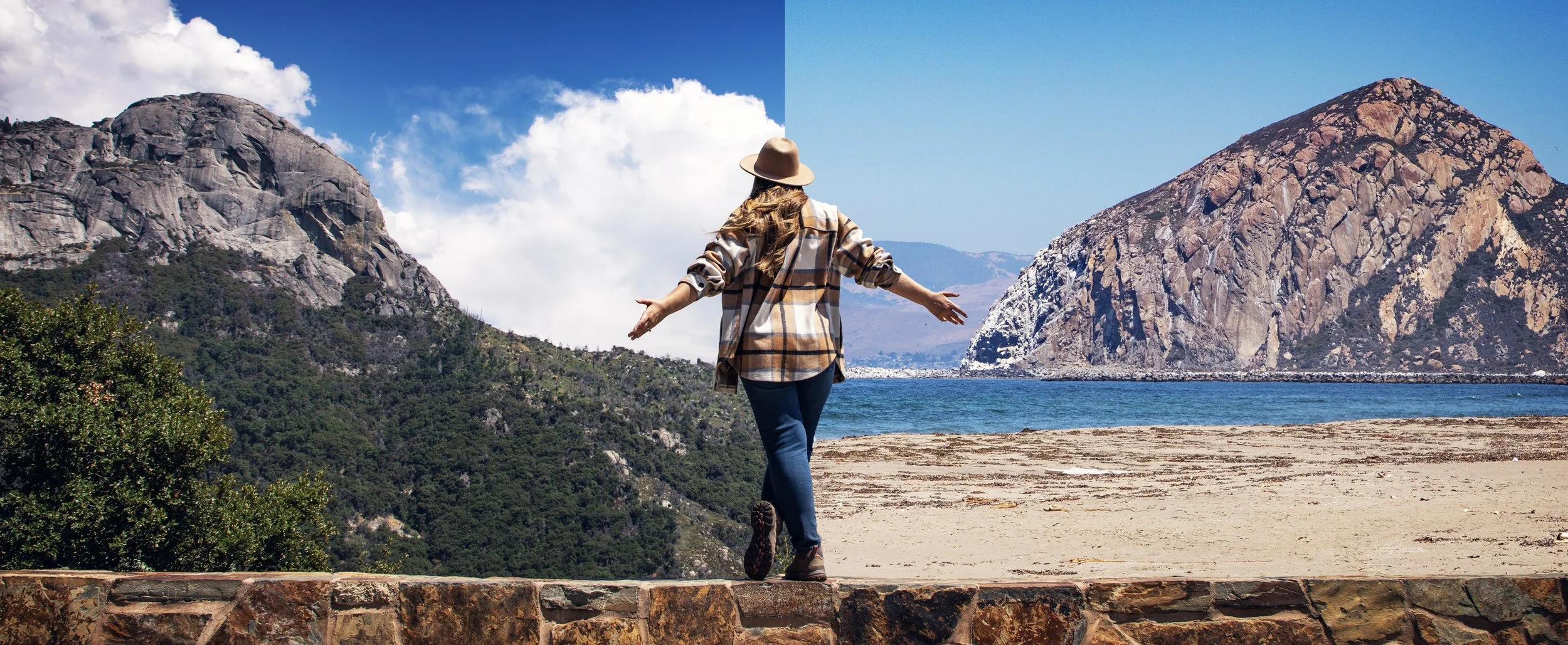First-Timer’s Guide to Astrophotography in California
Hi friends! There’s something deeply humbling about standing beneath a sky dusted with billions of stars...that quiet moment when you can almost feel the magnitude of God’s masterpiece stretching out above you. The longer you stare, the more the heavens seem to unfold, revealing constellations, planets, and the faint glow of the Milky Way arching across the horizon. It’s a reminder of how vast creation truly is and how small, yet purposeful, our place within it can feel.
California offers some of the best places in the world to capture that wonder. From the salt flats of Death Valley to Yosemite’s granite peaks, the dark desert skies of Joshua Tree to the alpine meadows of the Eastern Sierra, the Golden State is a dream for night sky photographers. Nate and I have spent countless nights chasing the stars across California, so join us today as we share our favorite gear, techniques, and locations to help you photograph the night sky in this diverse and beautiful state.
Milky Way over Yosemite National Park seen from Tunnel View
Astrophotography at Saddleback Butte State Park in Lancaster, CA
Astrophotography Gear
Having the right equipment can make or break your night under the stars. You don’t need to invest thousands to start shooting astrophotography, but a few key pieces will dramatically improve your results.
Mirrorless or DSLR Camera: A full-frame sensor camera like the Canon 5D Mark IV is our go-to for its low-light capabilities and sharp image quality. If you’re looking for a mirrorless option, the Canon R8 and the Sony a7 IV are fantastic options with excellent ISO performance.
Wide-Angle Lens: The wider, the better. We often use an ultra-wide 11–24mm for those sweeping Milky Way shots, and sometimes a 24–105mm for tighter compositions with foreground elements. Aim for a lens with a wide aperture (f/4 or lower) to let in as much light as possible.
Tripod: A sturdy tripod is essential — we love the Peak Design Travel Tripod for its portability, intuitive design, and stability, especially on uneven terrain.
Remote Shutter Release: A remote wireless trigger is optional but helpful for minimizing camera shake and snapping photos from a distance.
Insta360 or iPhone Setup: We love the Insta360 for capturing timelapse videos, including a feature called “starlapse”, which puts trails on the stars as they move across the night sky. And if you only have an iPhone, that can work too...just make sure to use a smartphone tripod.
Headlamp with Red/Green Light: A headlamp with red light preserves night vision and helps you see camera settings without blinding yourself (or your fellow stargazers). Green light is great too, which has the least impact on wildlife.
Star Tracking App: Apps like PhotoPills help plan your compositions, track Milky Way visibility, and determine the best time of night for shooting.
Setting up for astrophotography at North Lake in the Eastern Sierra
Long exposure of stars and light trails at Yosemite’s Wawona Tunnel
Astrophotography Tips
Astrophotography is equal parts patience and planning. Nate and I have learned quite a bit over the years, spending countless nights with our gear pointing up at the heavens. Here are some of our favorite tips for capturing the stars in their full glory:
Check Moon Phases: Always aim for new moon nights or when the moon sets early (or rises late). This will provide darker skies, which means more visible stars and a clearer Milky Way.
Plan Milky Way Placement: Use apps like PhotoPills to track where the Milky Way and its Galactic Core will rise and set, so you can position your composition perfectly.
Arrive Early: We like to arrive before sunset to scout our composition. Setting up your tripod in daylight helps you find interesting foregrounds with rocks, trees, or reflections. Advanced Photoshop Tip: Once you’ve established your composition, take photos of your foreground at f/22 before nightfall to blend with your star shot later in post.
Camera Settings: Start with manual focus, ISO 3200–6400, a wide aperture (f/1.8–f/4), and a 20–30 second shutter speed. This is just a starting point, though...your settings will need to be optimized depending on your lens and how much light pollution is in the area.
Keep It Steady: Use a remote, timer, or interval mode to avoid camera shake when triggering the shutter. Even the tiniest movement from your finger pushing down on camera can cause blurry stars.
Perfect Your Focus: Once it’s dark, use your LCD screen’s digital zoom to focus directly on a bright star, or take test shots until the stars appear tack sharp. Often our focus ring is usually just shy of infinity, so don’t rely on the infinity mark alone.
Milky Way over Convict Lake in California’s Eastern Sierra
Stargazing along the Merced River at Yosemite National Park with views of Three Brothers
Top 7 Spots in California for Astrophotography
California offers some of the most photogenic night skies in the world. Here are a few of our favorite locations for capturing the cosmos:
Astrophotography at Dante’s View in Death Valley National Park
1. Death Valley National Park
Death Valley is an official International Dark Sky Park, and for good reason — it has some of the darkest skies in North America. We love shooting at Badwater Basin for its unique salt flats (or when there’s reflective water present from recent storms), Dante’s View for high-elevation perspectives, and Harmony Borax Works for its rustic textures under the stars.
Travel Guide: If you’re planning a trip to Death Valley National Park, check out my complete Death Valley 2-3 Day Itinerary & Travel Guide.
Milky Way over Half Dome seen from Yosemite’s Olmsted Point
2. Yosemite National Park
Yosemite’s granite walls and alpine meadows make for dramatic astrophotography backdrops. Tunnel View, Valley View, and Glacier Point are iconic, while Olmsted Point and Tuolumne Meadows offer high-country serenity with minimal light pollution. One of our favorite night photo shoots came from the Three Brothers View along the Merced River, where the Milky Way rose perfectly above these unique formations and the reflective waters below.
Travel Guide: If you’re planning a trip to Yosemite National Park in the summer months, check out my complete Yosemite 2-4 Day Itinerary & Travel Guide.
Stargazing at Skull Rock in Joshua Tree National Park
3. Joshua Tree National Park
This desert park is legendary for night sky photography. Head to Arch Rock, Skull Rock, or Jumbo Rocks Campground to capture otherworldly boulder formations silhouetted against the stars. The clear desert air at Joshua Tree produces incredible clarity — especially in late spring when the Milky Way is most visible.
Travel Guide: If you’re planning a trip to Joshua Tree National Park, check out my complete Joshua Tree 2-3 Day Itinerary & Travel Guide.
Astrophotography at Pfeiffer Beach in Big Sur
4. Big Sur
Along California’s central coast, Pfeiffer Beach and McWay Falls offer stunning coastal astrophotography opportunities in Big Sur. The sea stacks, archways, and rugged coastline framed beneath a starry sky are unforgettable. Just keep in mind that marine fog can roll in quickly, so check weather conditions before heading out.
Milky Way over Red Rock Canyon State Park in California
5. Red Rock Canyon State Park
This underrated park near Mojave is a gem for night photography. The Red Rock Canyon’s Ricardo Campground provides access to otherworldly rock formations that glow beautifully under the starlight. It’s one of the closest dark sky zones to Los Angeles.
Milky Way seen from Hanging Rock in Sequoia National Park
6. Sequoia National Park
Try Hanging Rock & Moro Rock for views of the Great Western Divide under the stars. There’s something surreal about capturing the Milky Way in the Giant Forest, a grove of giant sequoias that have stood for thousands of years.
Travel Guide: If you’re planning a trip to Sequoia National Park, check out my complete Sequoia & Kings Canyon 2-4 Day Itinerary & Travel Guide.
Astrophotography at North Lake near Bishop, CA
7. Eastern Sierra
With North Lake, Convict Lake, Mono Lake, and countless other spots, the Eastern Sierra region is a photographer’s paradise. These locations combine crystal-clear alpine air, reflective lakes, and minimal light pollution. Mono Lake’s tufas in particular make for dreamlike compositions under the stars.
Travel Guide: If you’re planning a trip to see California’s Eastern Sierra Fall colors, check out my complete Eastern Sierra 2-4 Day Itinerary & Travel Guide.
Astrophotography at Mono Lake along Highway 395
Frequently Asked Questions
What camera settings should I use for astrophotography?
Start with ISO 3200–6400, f/2.8-f/4 aperture, and a 20–30 second shutter speed. Adjust as needed based on your lens and ambient light.
Do I need a tripod for astrophotography?
Absolutely. A tripod is non-negotiable...it’s the only way to keep your camera perfectly still during long exposures.
Can I capture the stars on my iPhone?
Yes! In Night Mode, newer iPhones can capture surprisingly good star shots. Use a tripod and keep exposure between 10–30 seconds for best results.
What is the Galactic Center of the Milky Way?
It’s the brightest, most photogenic region of our galaxy, visible primarily from March through October in the Northern Hemisphere.
What is the best camera for astrophotography?
Full-frame DSLR cameras and mirrorless cameras perform best in low light, but APS-C and even high-end smartphones can produce solid results with the right settings.
What is a Dark Sky Park?
These are protected areas recognized for exceptionally clear and dark night skies, free from most artificial light pollution.
What is the best time of year for astrophotography in California?
Year-round! Optimal views of the Milky Way are from March through October when the Galactic Center is visible in the Northern Hemisphere. However, the winter months bring earlier sunsets and longer nights, meaning you don’t have to stay out as late for dark skies. Winter months are also a great time to explore desert terrain, such as Death Valley and Joshua Tree, when temps are far cooler.
Is there too much light pollution in California for astrophotography?
Not at all! While cities are bright, California’s deserts, mountains, and national parks offer some of the darkest skies in the western U.S.
Winter astrophotography in Yosemite National Park
Know Before You Go
• Make sure to check out the official NPS websites for weather forecasts, trail conditions, and potential road closures prior to visiting any national parks. Here are the current conditions pages of the parks we mentioned today: Death Valley, Yosemite, Sequoia, and Joshua Tree.
• Prepare for chilly evenings, packing layers, warm jackets, stocking caps, and hand warmers. Nate loves his Vallerret Markhof Photography Gloves, which have finger holes to assist with camera operations.
• A lack of light pollution often means a lack of cell service as well. Bring a reliable GPS-enabled device with pre-downloaded maps for offline use. I love using Gaia GPS...it’s been a life-saver, especially when trying to navigate under nightfall.
• Please remember the Leave No Trace Principles when you’re shooting at night, being extra careful to pack out everything you packed in.
Stargazing at the flooded Badwater Basin in Death Valley National Park
Downloadable Itineraries & Travel Guides
Planning a trip to California and the west coast? I’ve got in-depth travel guides and itineraries for several national parks and beautiful destinations. Check out a few of them below, or click here to see them all!
Astrophotography in Yosemite near Tuolumne Meadows
In Summary
Thanks so much for joining me this week in California. For a virtual visit of my top spots for astrophotography, make sure to watch my Behind the Blog video located at the top of this post, or watch it on YouTube here. Until next week, I hope you find adventure and encouragement wherever you go.
Astrophotography at Valley View in Yosemite National Park
If you enjoyed this post, you might also like…
About Me
I’m Dawn Marie, a travel and lifestyle blogger based out of Southern California. With in-depth articles, travel guides, and reviews on hotels & products, I seek to share my journeys to help you plan for your own. My adventures take me all over California, the western United States, and around the globe...and every Monday I post new content here, including a comprehensive blog post and YouTube video.
Search the Blog
Featured Posts
Etsy Shop

































